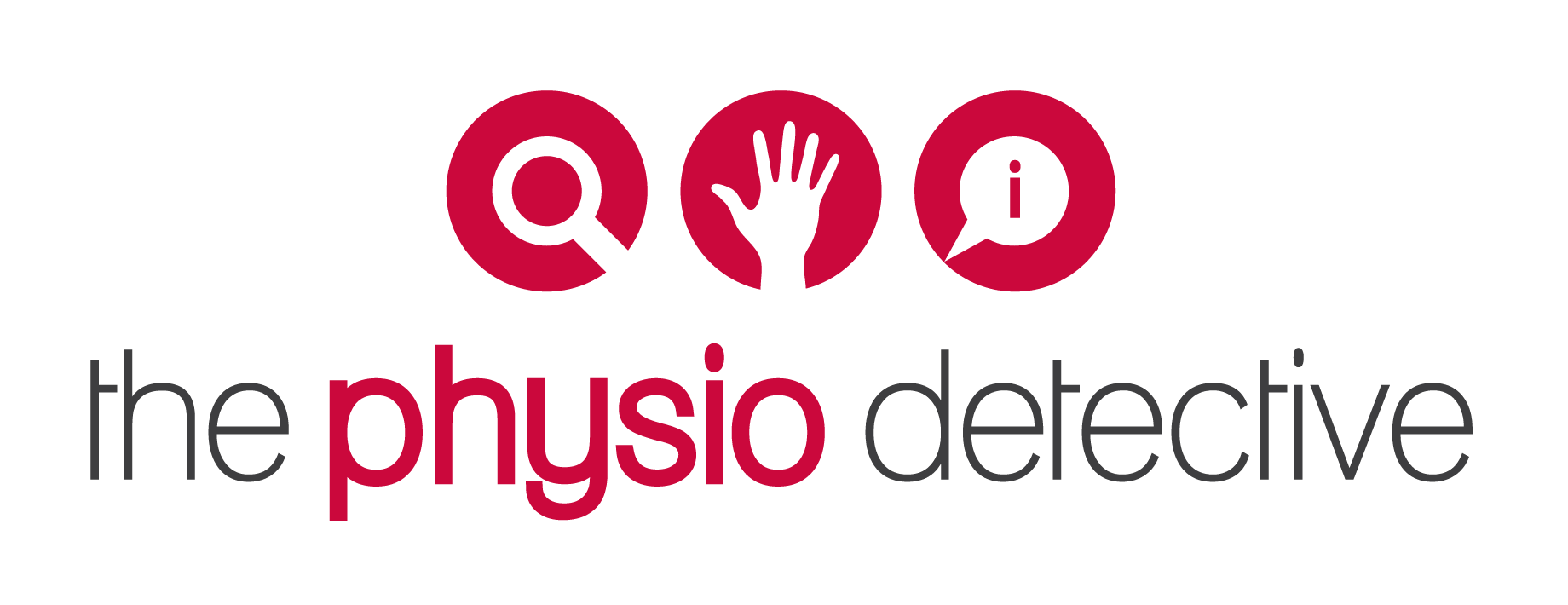5 Reasons Why Tools In Toolboxes Are A Problem
This blogpost is part of The Female Athlete - Level 2 handout. I’m seeing too much of the “biopsychosocial” acknowledgment but persistent use of the “tools in toolboxes” phrase. Let’s have a think of what that implies…including us being facilitators to helping people “fix themselves”. What exactly are we or they “fixing”? Let me know what you think below. We are interactors, not operators (Jacobs, Silvernail, Blickenstaff PMID: 22547923, 23633891, 23115476 in response to 22294849) • We interact with the person in front of us and together we dynamically adapt to the unfolding situation• An operator is someone who is “fixes” things• We should not be operators - we are not their guru/saviour!• We are their trusted consultant who provides them all the information, including our opinions (as biased as they might be) so they can make an adult decision about their body and their life A “tool” and “toolbox” implies we are mechanics or people who fix things and we just select the right tool for the job and we will fix them• This is not what we do!• If it were that simple, then everyone should just get better…yet they don’t That’s why “Principles, Not Protocols” are the way to move forwards• Principles apply in most, if not all situations• They guide the interactive decision making process that you and the person are involved in • They don’t tell you what to do and when to do it• They reflect your mission, values, and ethics - your BAMS•... Read More
